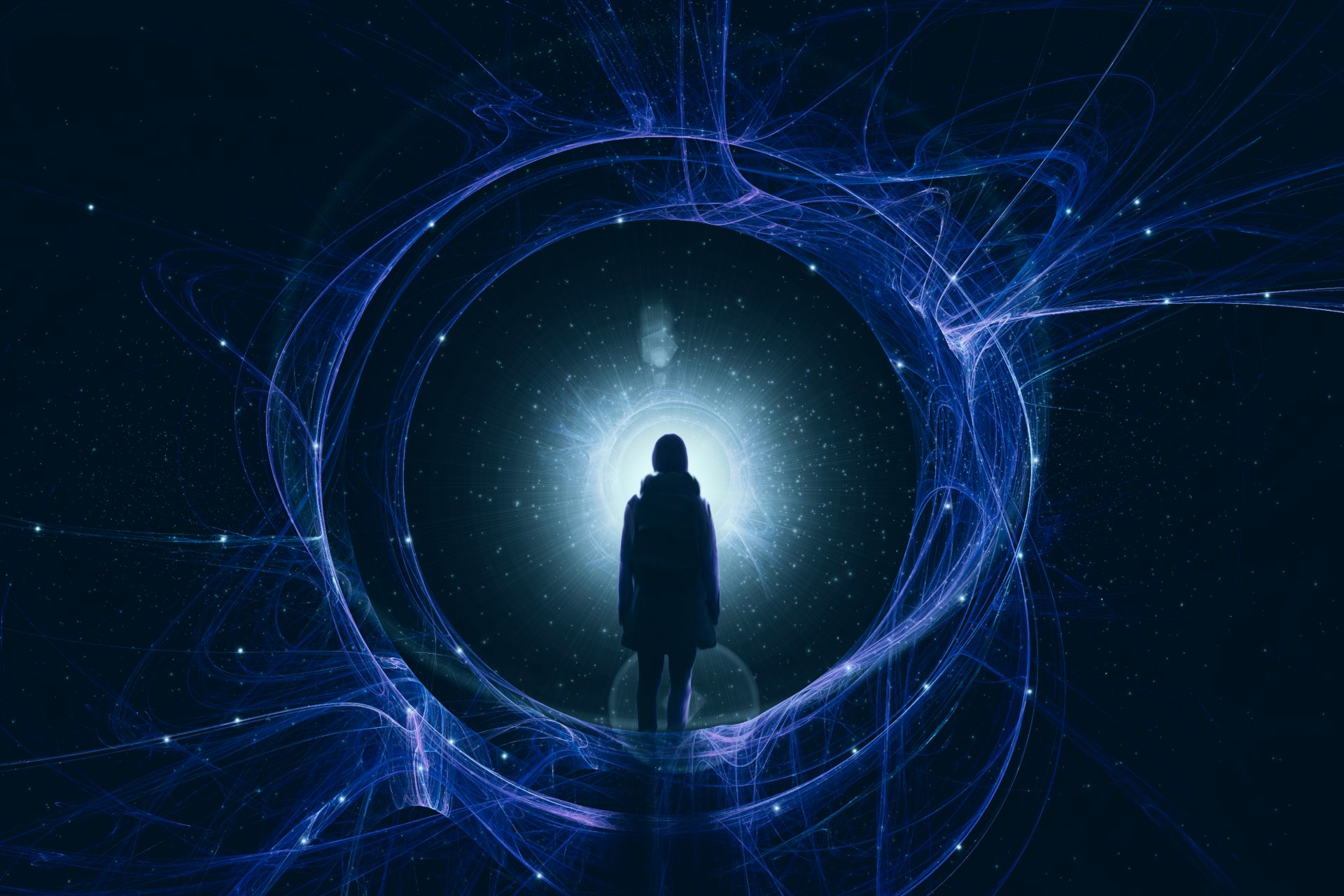Scientists try to unravel if the human soul is truly immortal
One of the oldest questions that has haunted humans since the dawn of our existence is: "What happens after we die?" Is the human soul truly immortal?
From the earliest times philosophy, science and religion have tried in one way or another to give the right answer without ever arriving at an absolute truth, leaving it open to many interpretations depending on one's beliefs.
But first let's try to understand what is meant by soul. The word soul comes from the Latin anima, which is related to the Greek ànemos, meaning 'breath' or 'wind'.
In many spiritual and religious traditions, the soul is the 'essence', 'spirit' or 'I' of personality.
In more recent times, however, the soul is understood to be a part of the thinking self, like the mind or consciousness, one of the greatest mysteries of the various branches of science.
A few years ago, however, a new theory was developed in collaboration with a great physicist of our time, which should shed light on this matter.
The theory for researching consciousness and thus the soul is called 'Orch-OR' (ORCHestrated Objective Reduction) and was developed in the 1990s by the physicists Roger Penrose (pictured) and Stuart Hameroff.
The two physicists based their theory on the idea that consciousness arises within the neurons and not through interactions between them.
Before delving into this intriguing theory that could reveal more about our soul, it's worth remembering that Roger Penrose is a distinguished mathematician, physicist, and cosmologist who received the 2020 Nobel Prize in Physics.
Penrose received one of the highest honors in science for his work on black holes. Among his contributions is the discovery that the formation of black holes is a consequence of Einstein's general theory of relativity.
Roger Penrose also worked for a long time at Cambridge with another great physicist who left us a few years ago, Stephen Hawking, with whom he developed some theories about black holes and the gravitational singularity.
Another author of the theory to tell us what the soul is and whether it is immortal is Stuart Hameroff, a Stutin anesthesiologist and lecturer at the University of Arizona in the United States.
Photo: Wikipedia
It should be noted at this point that the 'Orch-OR' is currently only a theory but is believed to be testable and projects are underway to test and validate it.
Underlying the 'Orch-OR' theory developed by Penrose and Hameroff is the idea that the brain may not be controlled by algorithms.
Photo: Pixabay
This means that the brain's physical properties are determined not by traditional mathematical formalisms but by the intriguing (and sometimes bizarre) principles of Quantum mechanics can be described.
The two authors of the theory have combined their knowledge: On the one hand we have Hameroff, who wants to study the biological component of consciousness.
Photo: Unsplash
According to Hameroff, the main structure of consciousness is the microtubule cells in the brain. On the other hand we have the physicist Penrose who brings the quantum approach.
According to the 'Orch-OR' theory, consciousness is a wave vibrating in the universe of subatomic particles (quantum physics is particle physics) and the microtubules act as true quantum computers, converting these vibrations into usable information.
A quantum computer works differently than a normal computer. A quantum computer processes information in the form of bits, zero or one, while a quantum computer processes qbits, which can be zero and one at the same time, creating quantum superposition, a paradox difficult for our classical mechanical minds to comprehend.
Photo: Pixabay
This superimposition of states could be the measurement or the observation, in this case of consciousness.
Photo: Pixabay
Here's an example to better understand what we're talking about: according to some theoretical physicists, when a person decides to eat an apple or a pear, at the moment of the decision (e.g. for the apple), the decision to eat the apple separates the pear and it continues to exist separately in another world. (Everett's Many-Worlds Interpretation).
According to the 'Orch-OR' theory, on the other hand, the choice not made, that is, the pear, separates, but it is an unstable situation, so it collapses after a while.
Two conclusions follow from this: According to proponents of Everett's many-worlds interpretation, there are many other worlds, but only one has consciousness (the world in which we are conscious), and that is a full one random fact. On the other hand, according to Penrose and Hameroff, we are the only reality, since alternative realities collapse because they are unstable.
Photo: Wikipedia
This quantum thinking is then transferred to the brain, where consciousness has previously been thought of as a series of connections between neurons that function like a normal computer, but according to Hameoff, "It's an insult to the neuron itself when you think of the brain cell - the neuron - viewed as a switch that turns off or on".
Photo: Pixabay
Again, the US doctor says: "Imagine that a single cell like the paramecium swims, finds food and a mate, mates and can learn. If a simple paramecium can be so intelligent, then how can a neuron can be so stupid? Is it just a matter of turning it on or off? I think these scientists don't take into account what's going on inside the neuron."
Photo: Pixabay
But at this point the question is legitimate: How can the soul, i.e. consciousness, be immortal in this context? Here is the 'Orch-OR' theory answer.
Photo: Pixabay
According to this theory, in a pre-death state, microtubules lose their quantum state but retain the information they contain. According to Dr. Hameroff "the heart stops beating, the blood stops flowing, the microtubules lose their quantum state. The quantum information in the microtubules is not destroyed, it cannot be destroyed, it just disperses and dissolves into the universe. "
Photo: Pixabay
Of course, this is just one of many interesting theories that try to explain what consciousness is and whether it can really store information from a lifetime, but one must not forget that this has not yet been proven by science.
More for you
Top Stories









































